
Jewelry Designers Throughout history: Peter Carl Fabergé
Explore the remarkable story of Peter Carl Fabergé, the mastermind behind the world-famous Fabergé eggs. Dive into our blog to uncover the legacy of his unparalleled craftsmanship and the imperial history that inspired these opulent treasures.

Peter Carl Fabergé and the Legacy Fabergé Eggs
Master of Opulence
The illustrious history of Fabergé Eggs, traces its origins back to the remarkable life story of Peter Carl Fabergé. Celebrated for his innovation and meticulous attention to detail, Fabergé’s creations are more than just lavish ornaments; they are masterpieces of the jeweler’s craft, reflecting the opulence and cultural richness of an era long passed. This blog explores the journey of Fabergé, from his early days in Saint Petersburg to his rise as the master jeweler to the Russian court, culminating in the creation of the world-renowned Fabergé eggs.
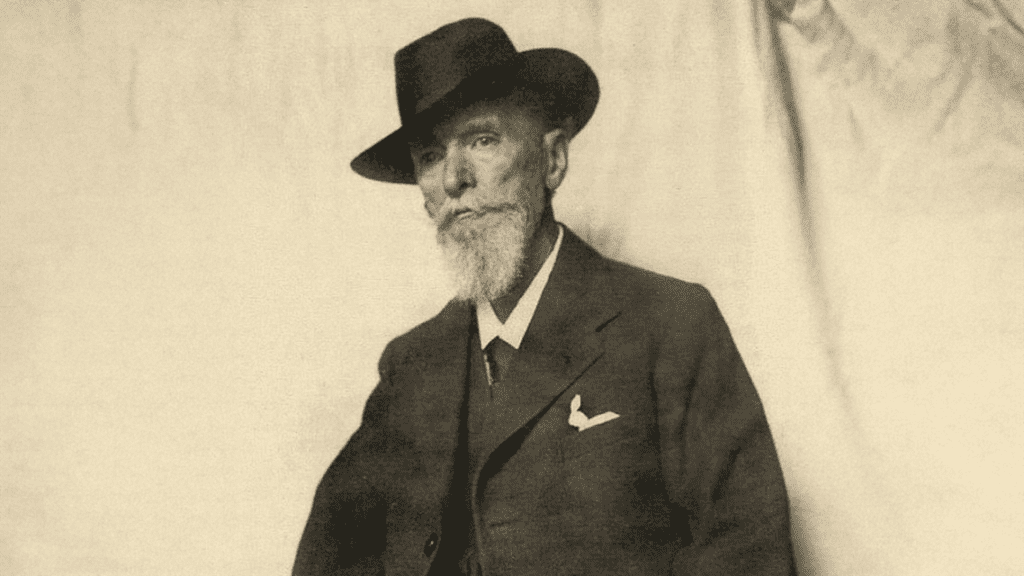
Crafting Elegance
The Revolutionary Journey of Peter Carl Fabergé in the World of Fine Jewelry
Peter Carl Fabergé was born in 1846 in Saint Petersburg, Russia, into a family renowned for its expertise in jewelry making. His father, Gustav Fabergé, a respected jeweler, laid a solid foundation for his son, who was deeply immersed in the world of gemstones, metals, and design from a young age.
This early exposure significantly shaped his innovative approach to jewelry. At the age of 24, after extensive travels and studies across Europe where he honed his skills and absorbed various artistic influences, Peter Carl took over his family’s business. Under his leadership, the business saw a remarkable transformation.
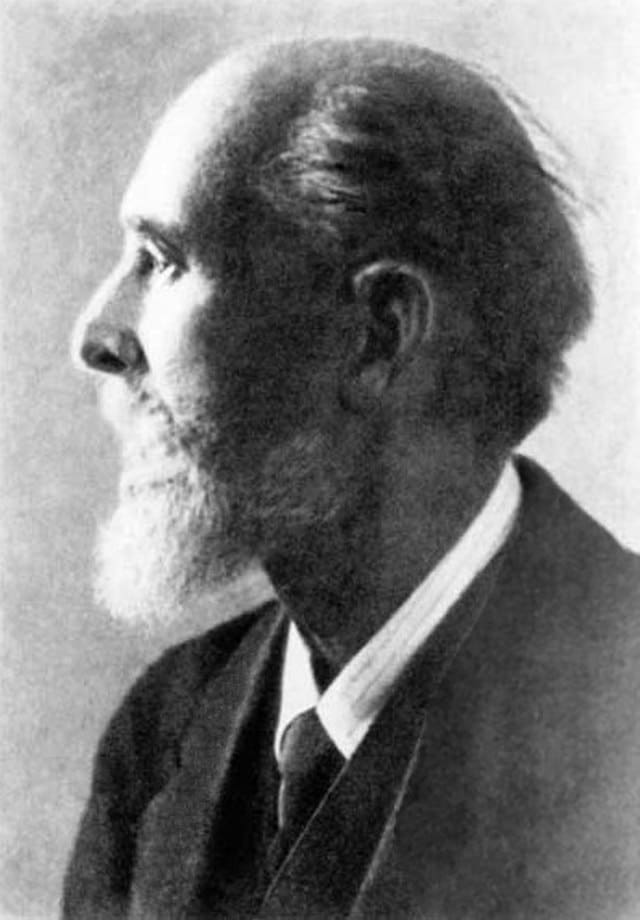
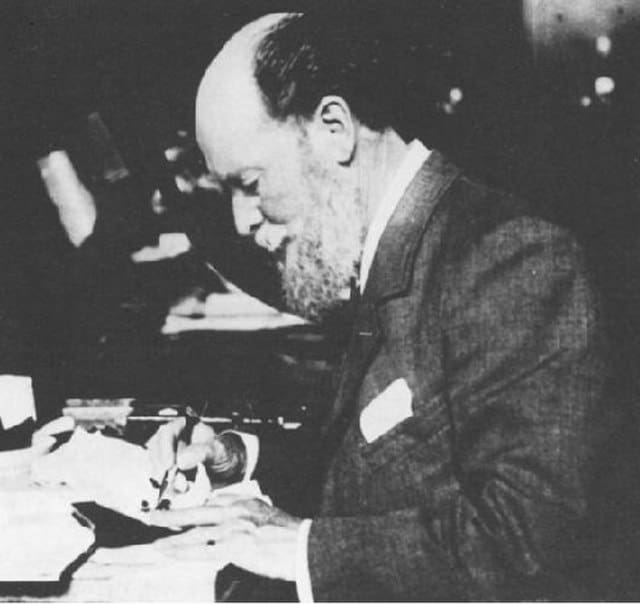
This innovative spirit and commitment to quality and detail quickly earned Fabergé a reputation as a pioneer in the field. His approach transformed the Fabergé brand into a symbol of luxury and creativity, admired and coveted by the aristocracy of Russia and beyond. His work was characterized by its rich ornamentation and meticulous attention to detail, attributes that would soon make the Fabergé name synonymous with the highest echelons of jewelry making.
The Birth of Imperial Eggs
The Story of Fabergé Eggs and Their Royal Legacy
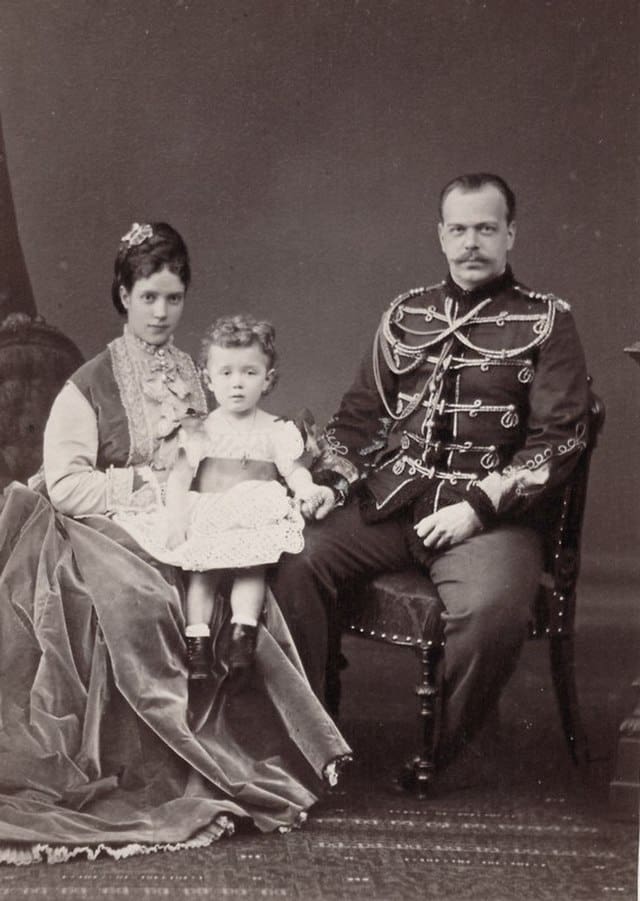
The story of the Imperial Fabergé eggs began in 1885 when Tsar Alexander III sought a remarkable and unique Easter gift for his wife, Empress Maria Feodorovna. He commissioned Peter Carl Fabergé to create an extraordinary object that would delight the Empress.
The result was the inaugural Imperial Easter egg, an exquisite creation that featured a simple yet elegant enamel shell. Inside this outer shell lay a golden yolk, within which was a golden hen that itself enclosed a miniature replica of the imperial crown, alongside a small ruby pendant. The Empress was so delighted by this gift that it established a royal tradition; the Tsar decreed that Fabergé should create a unique egg each year.
Over the next three decades, Fabergé was commissioned to create 50 Imperial eggs for the Russian royal family. Each unique egg featured a distinct theme, was made with utmost secrecy, and exemplified lavish artistry by combining precious metals and gemstones with innovative mechanics.
These eggs included surprises like moving miniature trains, replicas of royal carriages, or scenes from the imperial estates and significant events. Fabergé’s creations demonstrated his ability to blend luxury with functional sophistication, featuring complex mechanisms that revealed hidden contents, or animations such as singing birds or blooming flowers. Commissioned confidentially by the Tsars—initially Alexander III and later his son Nicholas II who commissioned two annually—the eggs were Easter gifts symbolizing resurrection and renewal. Celebrated for their intricate design and symbolic depth, these eggs represent the pinnacle of luxury from the twilight of the Russian Imperial era.
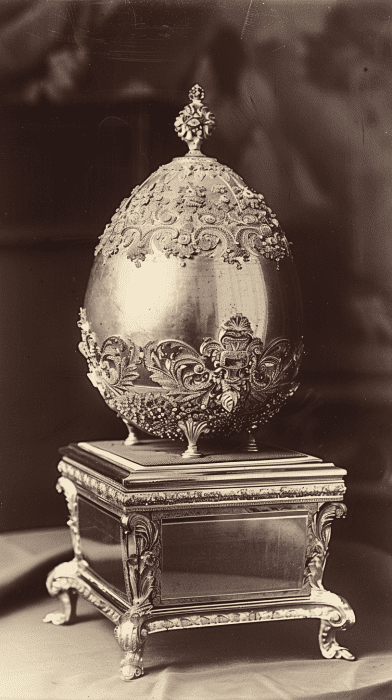
Beyond the Eggs
A Vision of Luxury
Under the visionary leadership of Peter Carl Fabergé, the House of Fabergé expanded its artistic repertoire far beyond the famous Imperial Easter eggs, producing a wide range of luxurious objets d’art for an elite international clientele. The workshop’s diverse output included not only jewelry such as necklaces, brooches, and rings set with exquisite gems—sapphires, emeralds, rubies, and diamonds—but also renowned enameling work that added depth and color to each piece.
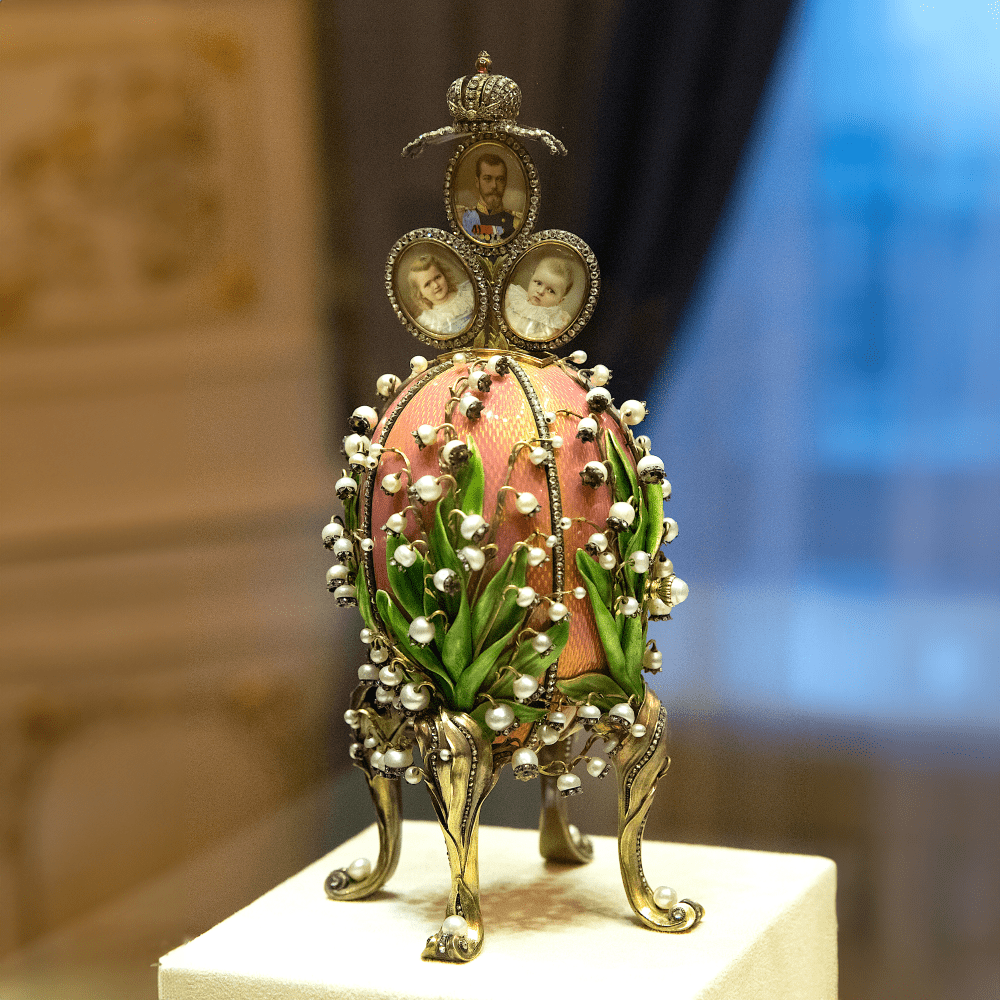
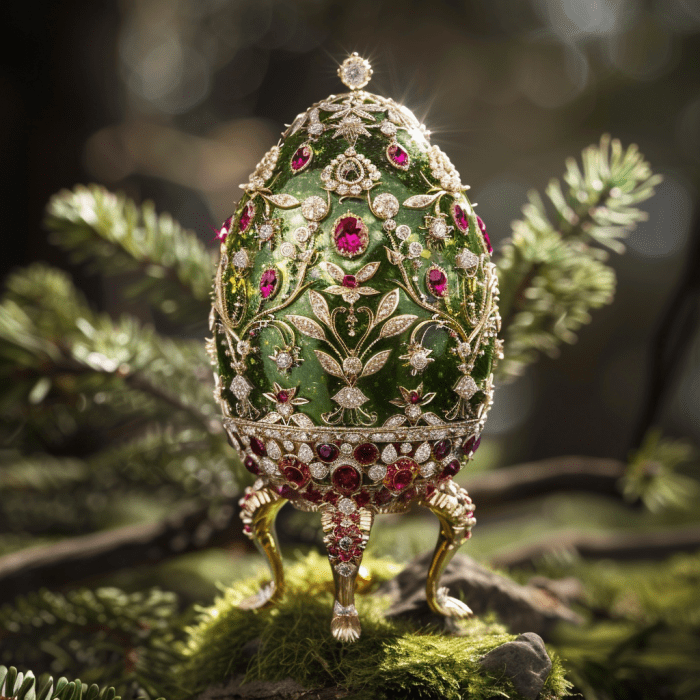
Additionally, Fabergé’s timepieces, known for their ornate design and reliability, alongside decorative objects like picture frames, cigarette cases, animal figurines, and floral baskets, showcased the same exquisite craftsmanship. These items, crafted with precious metals and vibrant enamel, were highly prized by nobility and royal patrons across Europe and Asia. Through this extensive range of meticulously crafted pieces, Fabergé’s workshop not only fulfilled but surpassed the opulent demands of its patrons, solidifying Peter Carl Fabergé’s legacy as a master jeweler. His work, celebrated for its artistic excellence and historical significance, continues to command attention and high prices at auctions and is displayed with pride in museums worldwide.
Fabergé on Display: A Legacy Preserved at the Virginia Museum of Fine Arts
The Largest Public Collection of Fabergé Outside of Russia
While Peter Carl Fabergé’s imperial creations were once exclusive to royalty, today they enchant the public thanks to museums dedicated to preserving his legacy. One of the most notable is the Virginia Museum of Fine Arts (VMFA) in Richmond, which is home to the largest public collection of Fabergé objects outside of Russia.
This breathtaking collection owes its origins to Lillian Thomas Pratt, a passionate collector who donated over 400 Russian decorative art objects to the VMFA beginning in 1947—including five of the original 52 Imperial Easter eggs crafted by Fabergé’s firm. Her gift transformed the museum into a world-renowned center for Fabergé and Russian decorative arts, attracting art lovers and historians alike.
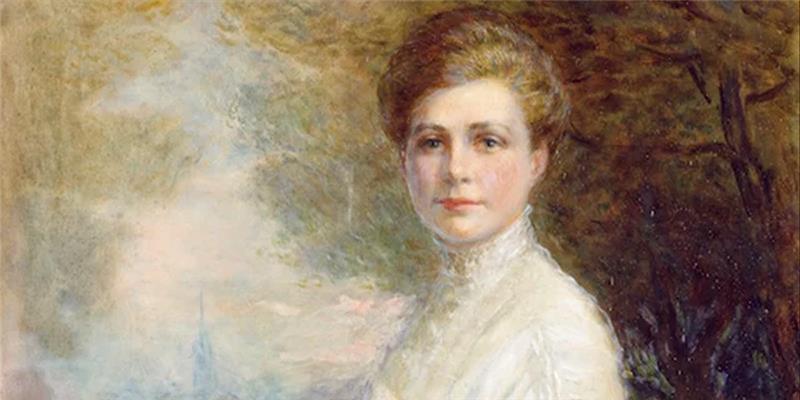
Following an international tour, VMFA’s newly reimagined Fabergé and Russian Decorative Arts Galleries reopened with five dazzling new spaces. These galleries now showcase more than 280 objects, including Fabergé’s masterworks, intricately enameled pieces by artisans like Feodor Rückert, and “Old Russian” style silverwork. The exhibit also features interactive displays designed to engage visitors with the opulent world of the Romanovs and the artistic genius of Fabergé.
The crown jewels of the collection are the five Imperial Easter eggs—each a marvel of engineering, storytelling, and luxury. These eggs, created for Tsars Alexander III and Nicholas II, encapsulate the tradition of giving elaborately decorated eggs at Easter and embody Fabergé’s unmatched ability to blend surprise, sentiment, and supreme craftsmanship.
The Tsarevich Easter Egg (1912)
The 1912 Tsarevich Easter Egg was gifted by Tsar Nicholas II to Empress Alexandra Feodorovna and crafted by Fabergé’s workmaster Henrik Wigström. Though it appears to be carved from a single piece of lapis lazuli, it’s actually made of six joined sections, with the seams hidden beneath ornate gold and diamond embellishments featuring the imperial double-headed eagle. Inside, a delicate watercolor portrait of the tsarevich rests in a rock crystal frame, making it one of the most symbolic and intricately designed Imperial eggs on display at the Virginia Museum of Fine Arts.
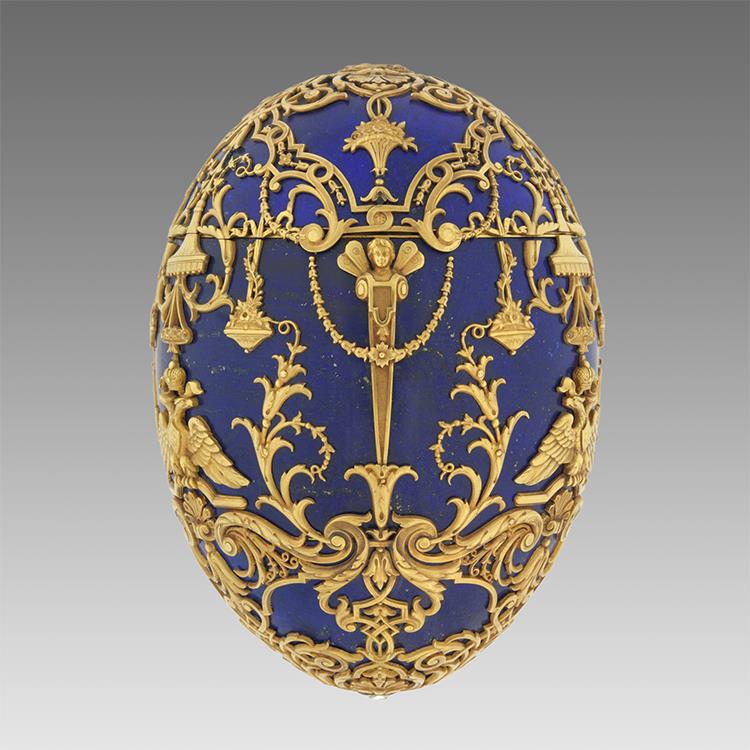
From richly enameled cigarette cases to ornate timepieces and whimsical animal figurines, the VMFA’s Fabergé holdings offer a rare and intimate look at the artistry that once defined an empire. More than a museum exhibit, it’s a vibrant continuation of Peter Carl Fabergé’s vision—ensuring that the magic of his creations lives on for generations to come.
The Continuation of a Legacy
The Everlasting Allure of Fabergé Eggs
Today, Fabergé eggs have transcended their initial Easter symbolism to become icons of luxury and creativity. They continue to captivate collectors and art lovers worldwide, celebrated not only for their stunning beauty but also for their intricate craftsmanship and the stories they tell of a bygone era of imperial grandeur.
Peter Carl Fabergé’s work remains a testament to the heights of creativity and excellence achievable in the jeweler’s art, making him not just a witness to history, but a lasting participant in the cultural heritage of decorative art.

Inspired by Peter Carl Fabergé?
If Peter Carl Fabergé’s story sparks in you a passion to challenge conventional boundaries or to blend traditional elegance with contemporary innovation, My Jewelry Repair is here to make your vision a reality. Let us be your partner in crafting a piece of jewelry that doesn’t merely decorate but tells the unique story of your personal journey of sophistication and innovation, continuing the legacy of creativity and transformation.

Check Out the Magic of Our Jewelry Services!
Resources:
- Peter Carl Fabergé:https://www.britannica.com/
- Fabergé egg:https://www.britannica.com/a>
- ¹Peter Carl Fabergé by Unknown photographer: https://commons.wikimedia.org/
- ²Peter Carl Fabergé by Jack1956: https://commons.wikimedia.org/
- ³Peter Carl Fabergé: https://commons.wikimedia.org/
- ⁴Tsar Alexander III & Family by Unknown author: https://commons.wikimedia.org/
- ⁵Fabergé egg by Ninara from Helsinki, Finland: https://commons.wikimedia.org/
- ⁶Lillian Thomas Pratt via Virginia Museum of Fine Arts: https://vmfa.museum/
- ⁷Fabergé egg by Ninara from Helsinki, Finland: https://vmfa.museum/

I think we found some of the eggs